‘Manufacturers must assume greater responsibility,’ say SINTEF researchers
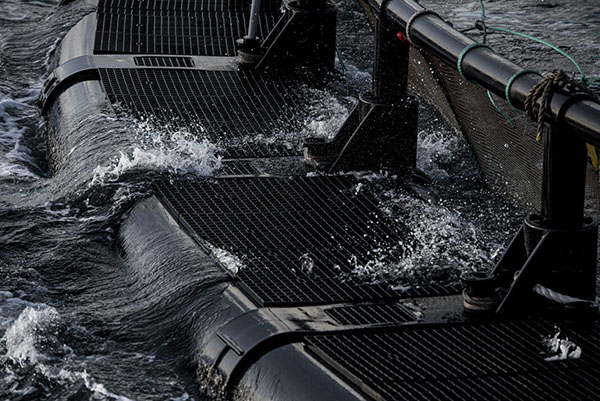
The aquaculture sector can help to reduce waste and generate wealth by recycling its industrial hard plastics, a new research study has found.
Researchers at SINTEF, one of Europe’s largest independent research organizations, are investigating how companies in the aquaculture sector can achieve a greater level of circularity in their use of hard plastics (such as net pens and rope). Called “Pathways to sustainable post-consumer plastics in aquaculture” (or POCOplast), the project into all aspects of the value chain: from the manufacturers of plastic components to those that supply both components and services, as well as the aquaculture companies which in turn deliver used plastics for recycling.
“We’ve been looking into everything from administrative terms of reference to rules and regulations, the current state of our knowledge and, not least, levels of acceptance within the industry,” said SINTEF researcher Sigrid Damman. “These factors are just as important as any technological developments.”
The project was launched in 2020 with funding from the Research Council of Norway. Researchers at SINTEF have been working together with seven partners to conduct a thorough analysis based in part on almost 30 interviews with a variety of stakeholders. Specific recommendations both to the aquaculture sector and the public authorities will be presented.
“We’ve been looking into what goes on among the various actors in the value chain, and have also tried to understand the barriers that exist in the current regulations,” said Damman.
According to the researchers, a key to success will be the introduction of new arrangements that place greater levels of responsibility on the manufacturers. Such an arrangement, established to cover plastics derived from the fisheries and aquaculture sectors, and which aligns with the EU’s Single-Use Plastic Directive, will be in place before the end of 2024. It will entail manufacturers assuming complete responsibility for the lifecycle of their products.
There is also talk of introducing funding programs that will make it commercially viable to design products that are suitable for recycling.
“The most important thing here is to set targets for materials recycling, including industrial hard plastics,” said Damman. “This will offer greater predictability, which will in turn encourage a greater willingness among actors to invest in circular economy systems. We need to stipulate clearer requirements for the recycling of all plastics, including hard industrial plastics. Current requirements offer only the wording ‘plastics suitable for recycling’, which makes it somewhat unclear as to the materials that are included.”
Moreover, to develop a circular value chain for plastics, fostering acceptance of the new materials and products will be essential. According to Damman, if the aquaculture sector is to start using new materials and making new products, it will need assurances that work and are “as robust and reliable as existing ones.”
She believes that it is important to direct a greater focus on the challenge linked to plastics, as well as other sustainability challenges in the aquaculture sector and that norms and standards will be developed in step with the new materials and products.
The aquaculture industry is the largest producer of hard plastics in Norway, and the volume is expected to climb in the coming years. Today, only a small proportion is recycled. However, the establishment of a circular economy centered on the use of plastics in the aquaculture sector can contribute towards reducing the volumes of micro- and nano-plastics currently entering marine ecosystems. Circular economy initiatives are also important for reducing the use of “virgin” plastics, which reduces greenhouse gas emissions and global warming.
“There will be environmental benefits linked to the fact that less plastic will be combusted or sent to landfill, where pollution due to water run-off can be a problem,” said Damman. “The happy outcome of all this is that we will be able to create new products, and jobs in the districts, based on resources that were previously classified as waste.”
The project is expected to be completed in the autumn of 2023.
Read more about the project here.
Follow the Advocate on Twitter @GSA_Advocate
Now that you've reached the end of the article ...
… please consider supporting GSA’s mission to advance responsible seafood practices through education, advocacy and third-party assurances. The Advocate aims to document the evolution of responsible seafood practices and share the expansive knowledge of our vast network of contributors.
By becoming a Global Seafood Alliance member, you’re ensuring that all of the pre-competitive work we do through member benefits, resources and events can continue. Individual membership costs just $50 a year.
Not a GSA member? Join us.
Author
-
Responsible Seafood Advocate
[103,114,111,46,100,111,111,102,97,101,115,108,97,98,111,108,103,64,114,111,116,105,100,101]
Tagged With
Related Posts
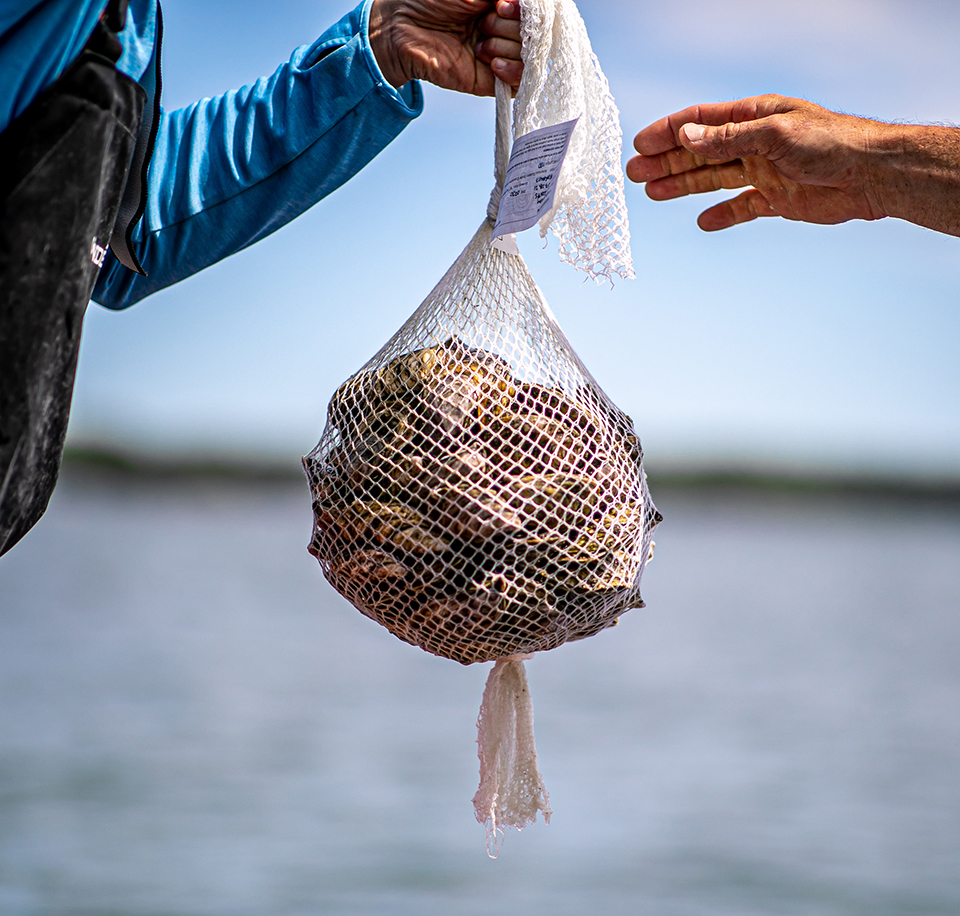
Responsibility
Brand new bag: Maine oyster farmers offer compostable bags made from beechwood
Ocean Farm Supply says compostable bags made from beechwood cellulose fiber are a more responsible alternative to plastics used for harvesting.
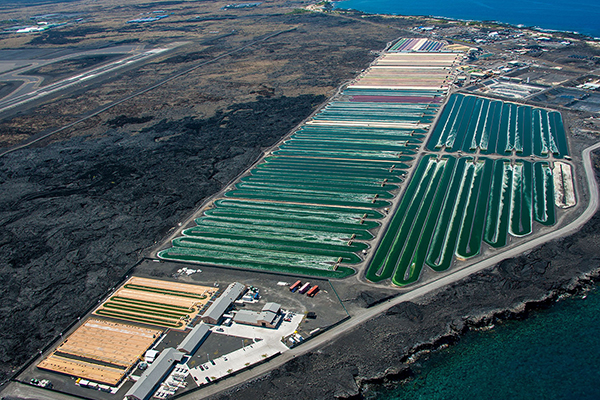
Responsibility
A circular economy approach to transform the future of marine aquaculture
Marine microalgae-based aquaculture has the potential to provide greater than 100 percent of global protein demand by 2050.
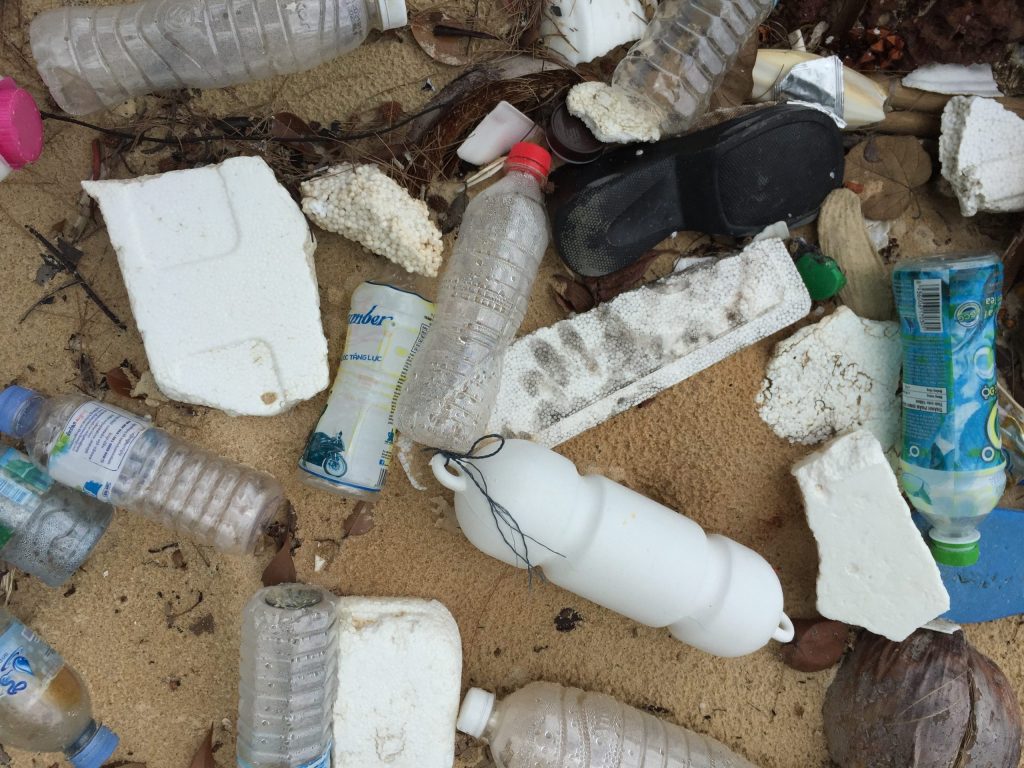
Responsibility
Expanded polystyrene is a ‘waste nightmare’ but could non-EPS seafood packaging reduce ocean pollution?
Expanded polystyrene is common in seafood packaging, but threatens marine life and human health as ocean pollution. A growing number of alternatives are emerging.
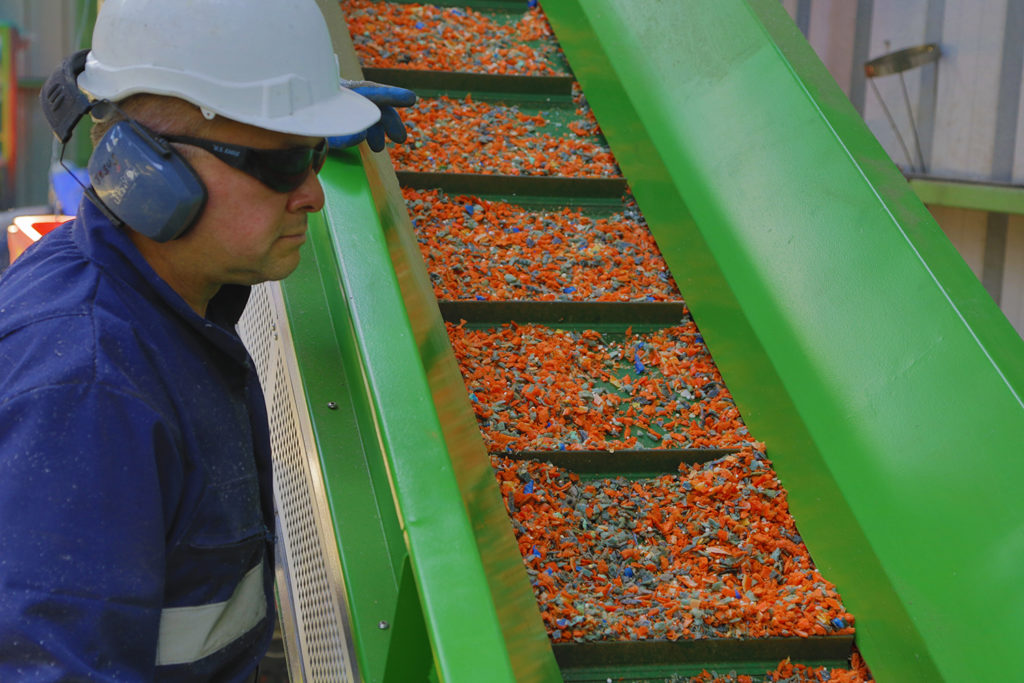
Responsibility
Repurposed: Adding value to aquaculture via recycling
With sustainability and environmental protection becoming increasingly prominent in Chile, recycling firms like Greenspot are drawing attention.



